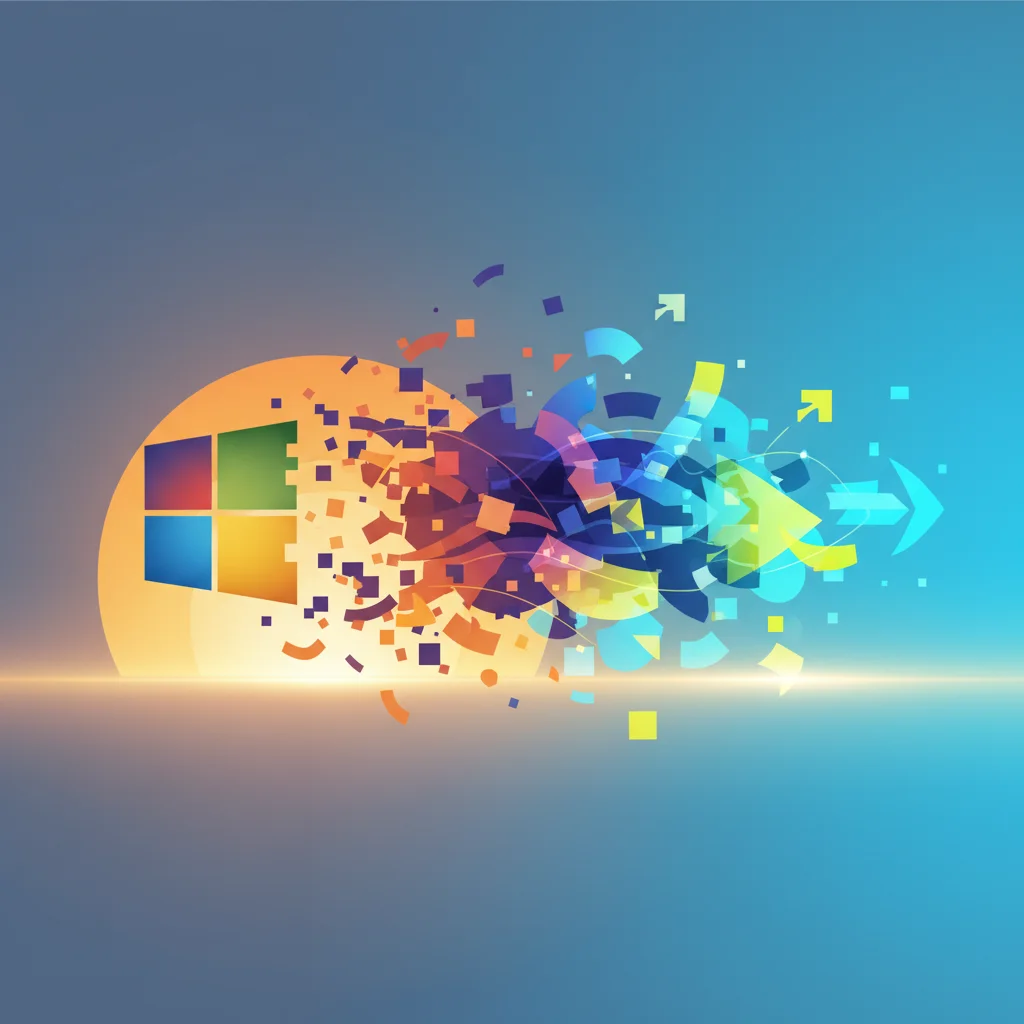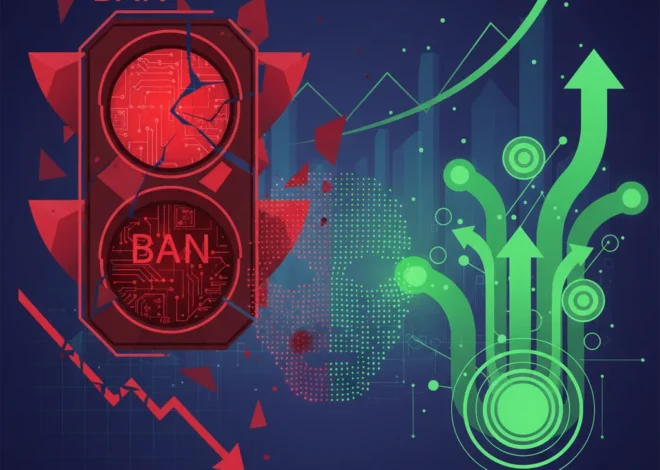
The Windows 10 Sunset: Why Your Next Move is More Than Just an Upgrade
It’s a familiar feeling for millions of us. You power on your computer, and the familiar Windows 10 desktop greets you. It’s been a reliable digital workhorse for years, a stable platform for everything from complex software development to managing the day-to-day operations of a burgeoning startup. But a significant deadline is looming on the horizon, one that signals a fundamental shift in the world of personal and professional computing.
Microsoft has officially set the end-of-life (EOL) date for its venerable operating system. On October 14, 2025, the company will cease providing free security updates, non-security updates, or assisted support for most versions of Windows 10. While your PC won’t suddenly stop working, it will become dangerously exposed.
This isn’t just a routine update notification. It’s a pivotal moment driven by the relentless march of innovation, particularly in the realms of cybersecurity and artificial intelligence. For developers, tech professionals, and entrepreneurs, this transition is more than a simple OS swap; it’s a strategic decision that will impact security, productivity, and your ability to leverage the next generation of technology. Let’s break down what this means for you and why planning your move now is critical.
What “End of Support” Actually Means for You
The term “end of support” can sound a bit abstract, but its real-world consequences are incredibly concrete. After October 14, 2025, Microsoft will no longer patch vulnerabilities discovered in Windows 10. Think of it like a city recalling all its police officers from a neighborhood. The laws are still there, but there’s no one to enforce them or respond to new threats.
This creates a massive attack surface for cybercriminals. Every new vulnerability they discover becomes a permanent, unlocked door to your system. For businesses, this is a compliance and security nightmare. For individuals, it’s a direct threat to your personal data. The scale of the issue is immense; as of late 2023, Windows 10 still commanded a dominant share of the Windows market, with some reports showing it on over 60% of PCs (source).
The primary risks of staying on an unsupported OS include:
- Increased Vulnerability to Malware & Ransomware: Hackers specifically target EOL software because they know any exploit they find will have a long shelf life. This is a critical concern for cybersecurity.
- Software Incompatibility: New applications, especially specialized software for programming and design, will be developed and tested for Windows


